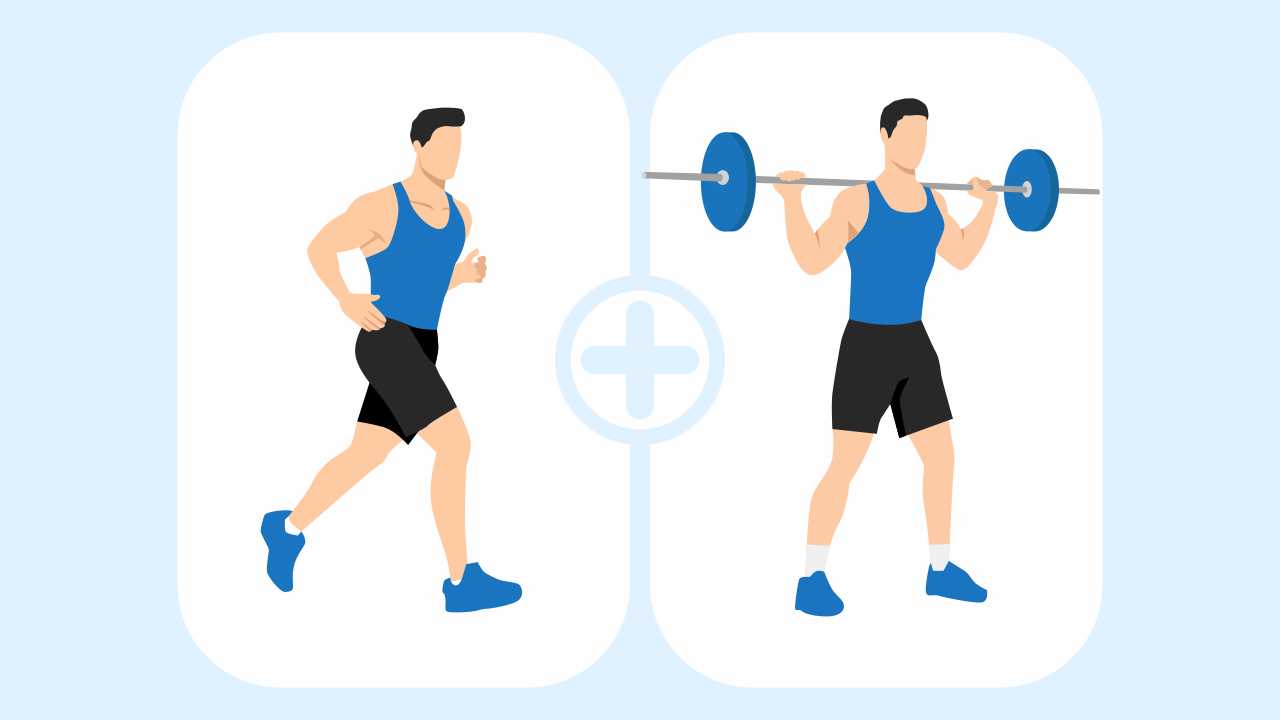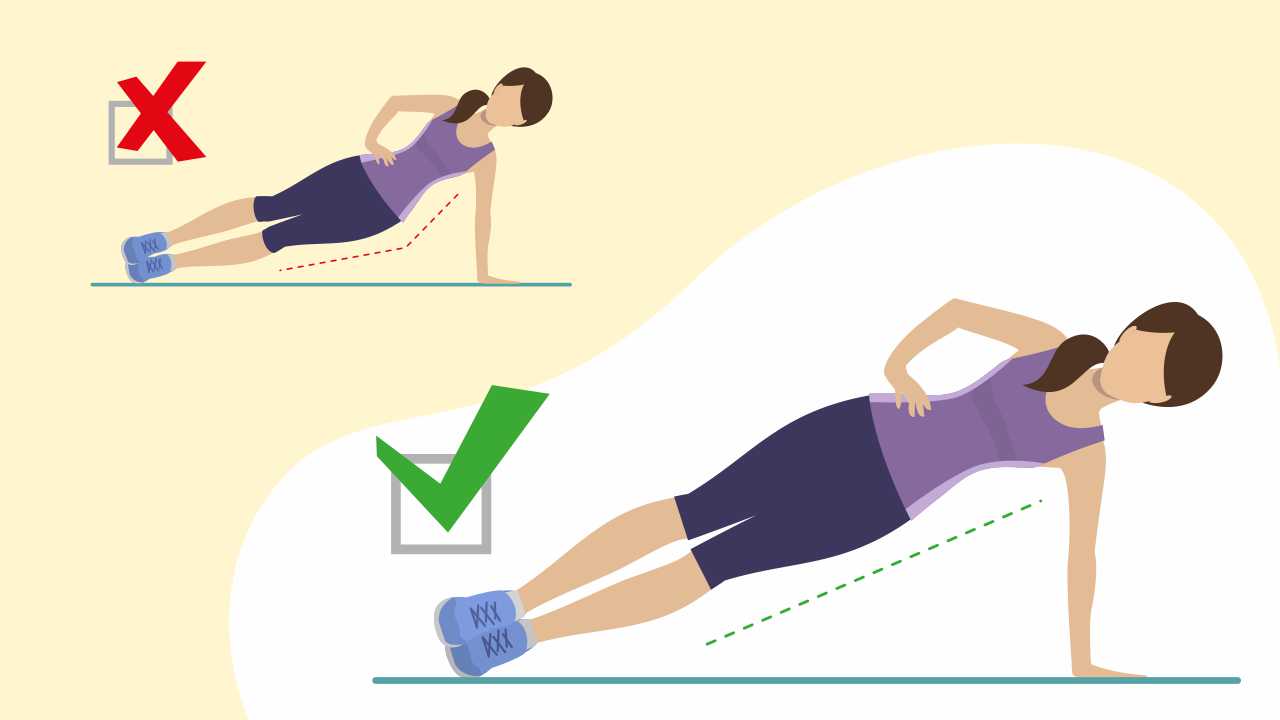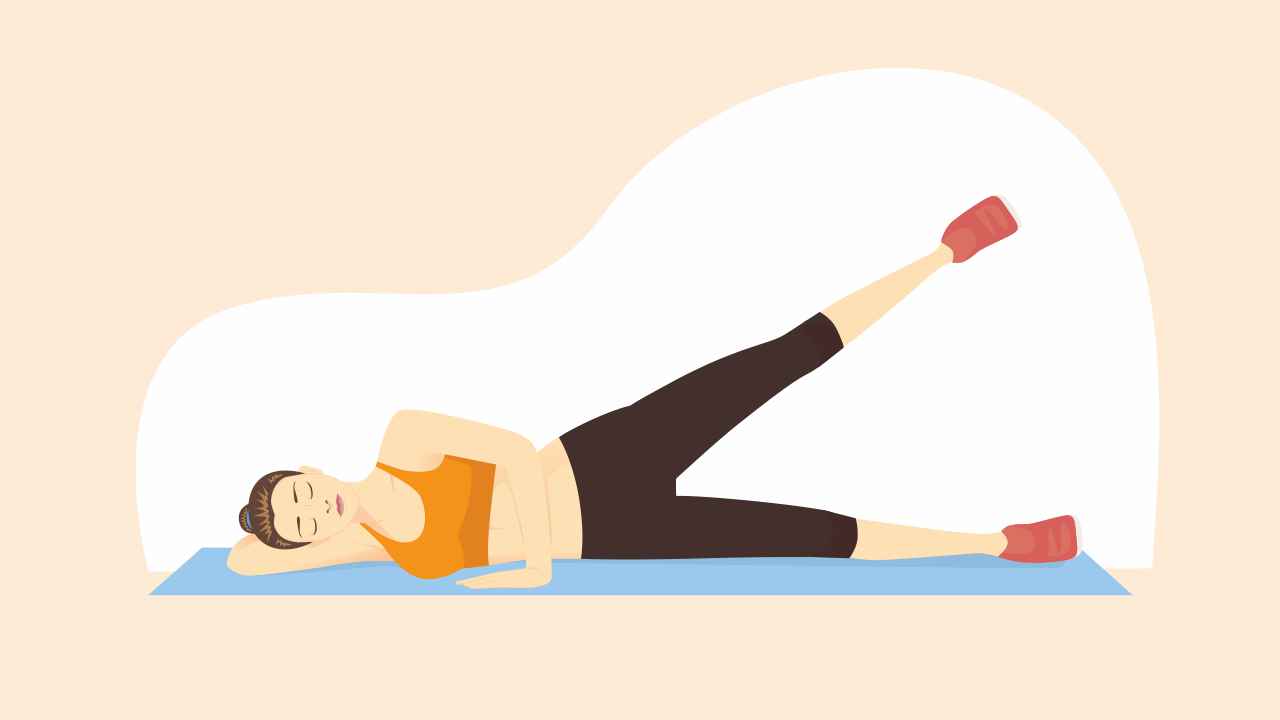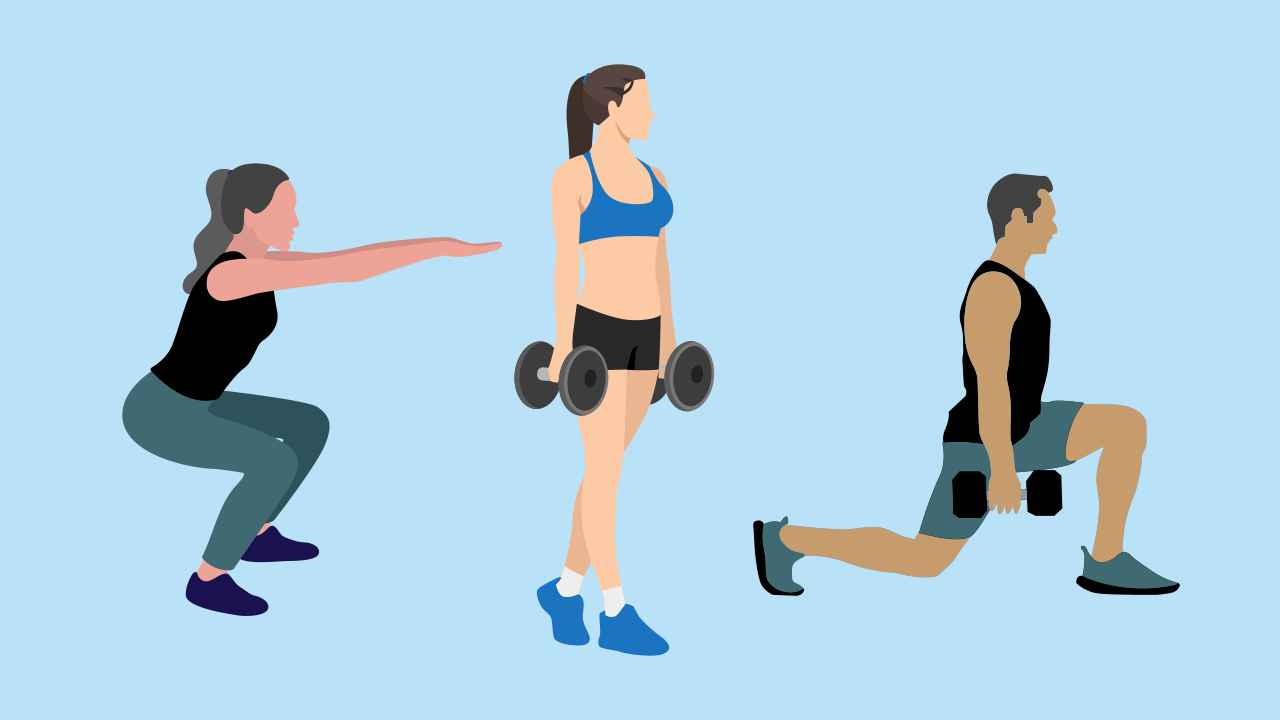
Tracking Your Fitness: Why and How Should You Do It?

If you set yourself up for any big goal, you probably divide the journey into smaller tasks, which work towards achieving your goal. You also track your completion of these smaller tasks to ensure you reach your deadline on time. The same theory applies to your fitness target. It’s essential for you to track the smaller milestones that lead to the ultimate fitness goal.
Tracking your fitness journey can benefit you in numerous ways. It can help you stay focused, adjust your training routine and other parameters, and keep you motivated in realizing your fitness goals.
Recording your journey allows you to:
- Keep a check on your progress
- It gives you the option to go back and check your baseline fitness levels and how far you have come
- It allows you to ascertain whether you are making progress at an optimal rate, or if you need to make any changes to your fitness regimen
- It keeps you committed towards your goal/s
- It allows you to stay efficient with your training sessions
- It is self-motivating as it serves as a constant reminder of why and what you are doing
Your body is very smart and adapts very quickly to regular training and training methods in terms of strength, speed, and/ or endurance. It needs constant progression, so as to keep propelling you towards your goal. Keeping track of this progression is possible only if you maintain a record of your fitness journey.
Ways to track your fitness
Workout journal
Maintaining a workout journal or logbook is inexpensive and an extremely efficient way to track your progress. You may use a diary or a notebook, an excel spreadsheet, or an app. You can customize it as per your goals and record parameters, such as sets, weights, repetitions, body weight, fat percentage, and recovery time.
Also read: How to Measure and Maintain Your Fitness
Tape measure
This old-school method might be losing its charm in the day of technology, but remains a reliable, inexpensive, and effective way to track your progress. An increasing waistline will prompt you to make certain changes to your regime, while a narrowing waist and improvement in measurements around the chest and deltoids would keep you motivated.
The waist-to-hip girth ratio could provide a good indication of your health, and the risk of developing health complications. Waist-to-hip ratios that exceed 0.80 for women and 0.95 for men increase the risk of death. Those with a high waist-to-hip girth ratio have an increased risk of developing cardiovascular diseases, cancer, dementia, and cataracts (a leading cause of blindness).
Waist-to-hip ratio
- Measure your waist at the navel while standing relaxed and not pulling in your stomach
- Measure hips over the buttocks where girth is largest
- Divide waist girth by hip girth measure
- Ratio for significant health risk
- Males ≥ 0.95
- Females ≥ 0.80
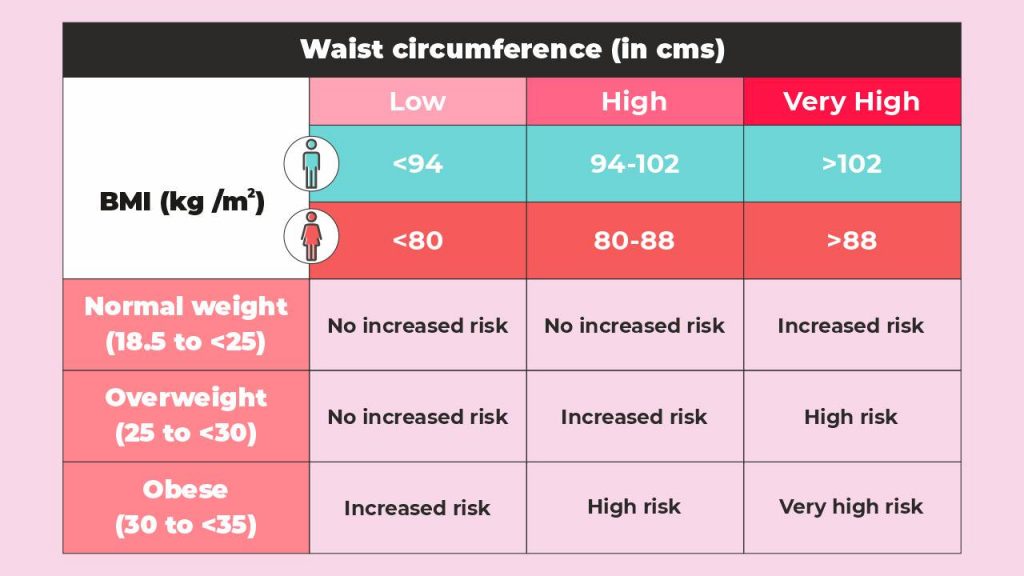
Table showing BMI and waist circumference values and disease risk
Fitness applications
There are a plethora of fitness applications to help you gauge multiple parameters, ranging from workout statistics, sets, weights lifted, heart rate, recovery intervals, and your caloric intake. There are applications that will even draw progress graphs for you, so you can tell you are moving in the right direction, and that the element of progression and adaptation is present in your plan.
Also read: Why Should You Have a Training Logbook and How to Use It
Taking a look in the mirror
Your mirror can serve as an honest friend in giving you a true picture of how well you are progressing, especially if your goal is to lose fat and or build muscle.
Journaling your training is only one side of the story — it’s what you do with the information that really matters. There is no point in aimlessly logging in the data — once you have a few weeks of data, you must then evaluate to see if you are actually making progress towards your goals. If using an application, use the performance graphs to study how you are progressing.
Progress means different things to different people. For runners, it may be running economy, Vo2 max, stride length, or foot strike; for strength athletes, it is the amount of weight lifted; for someone trying to lose weight, it is how much fat they are losing per week. So, how you use the data from your training manual or a fitness application depends on your goal and activity.
Journaling your training sessions is a great tool — it is an efficient, effective, and inexpensive means to help you stay focused on your goal/s, and make any necessary changes to your regime. Without one, you’d be shooting in the dark.
References
1. Science, health and medical journals, full text articles and books. Sciencedirect.com. 2021. https://www.sciencedirect.com/ (accessed 30 Apr 2021).
2. McArdle W, Katch F, Katch V. Essentials of exercise physiology. Philadelphia: Wolters Kluwer, 2016.
3. Home. World Health Organization. 2021. https://www.who.int (accessed 30 Apr 2021).





